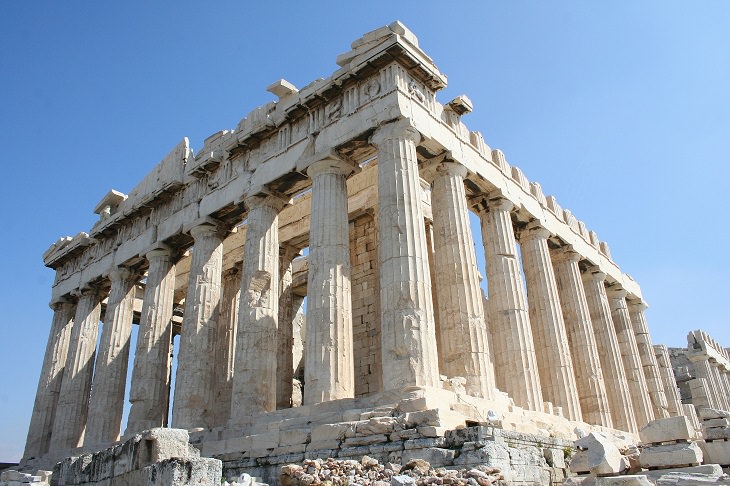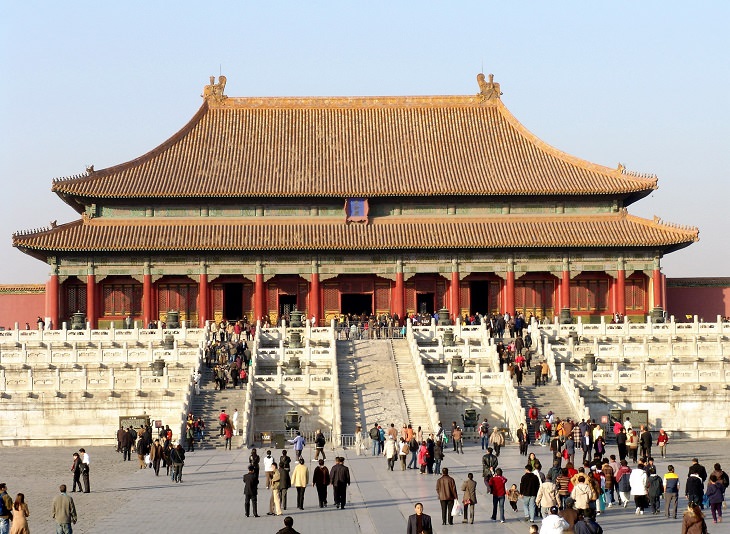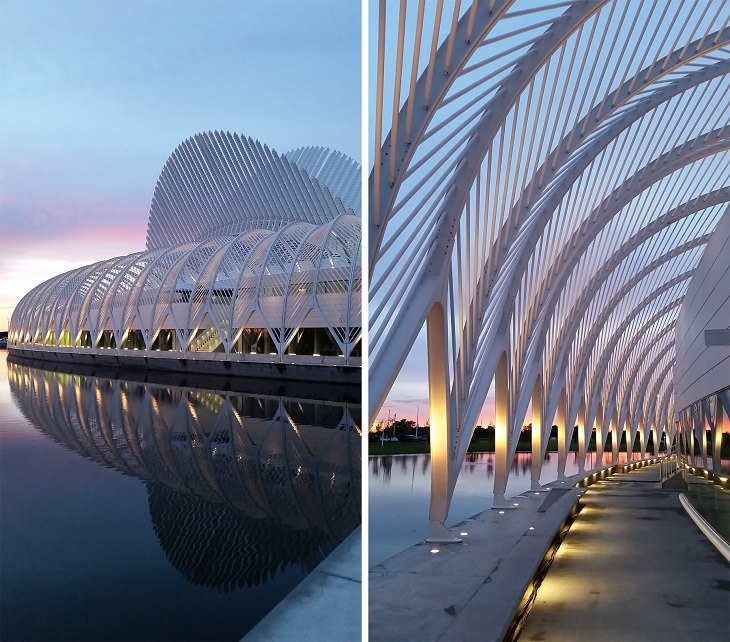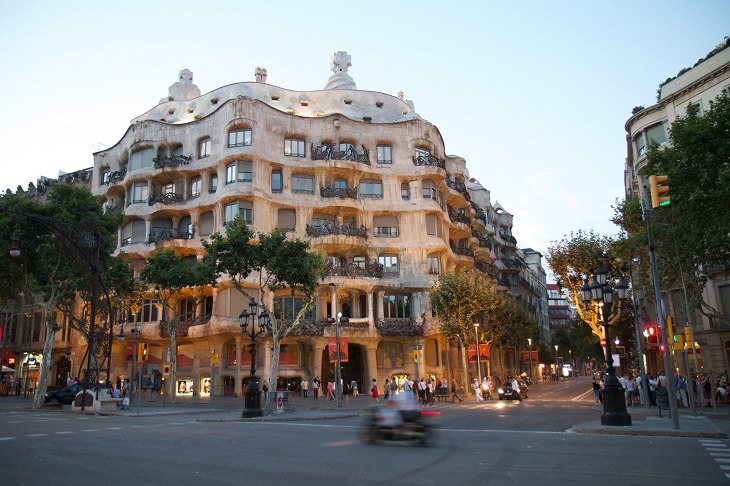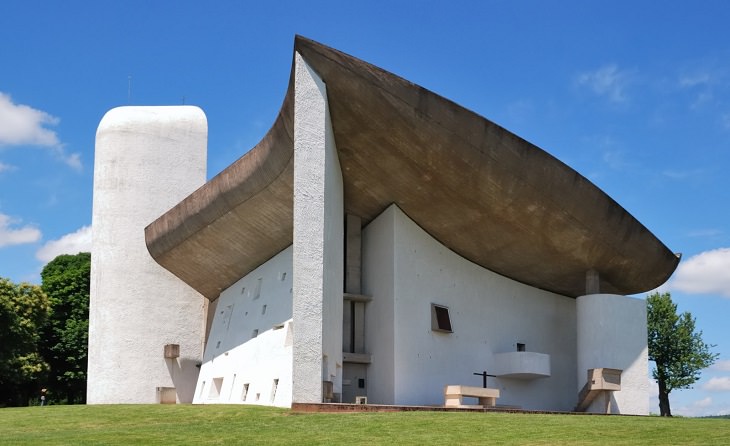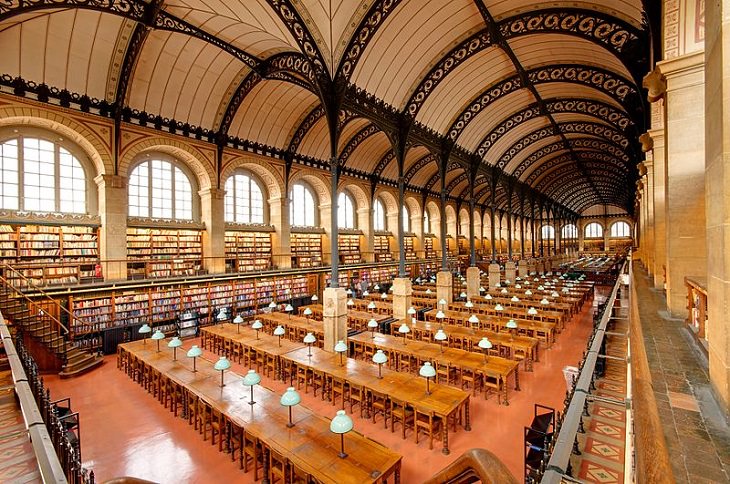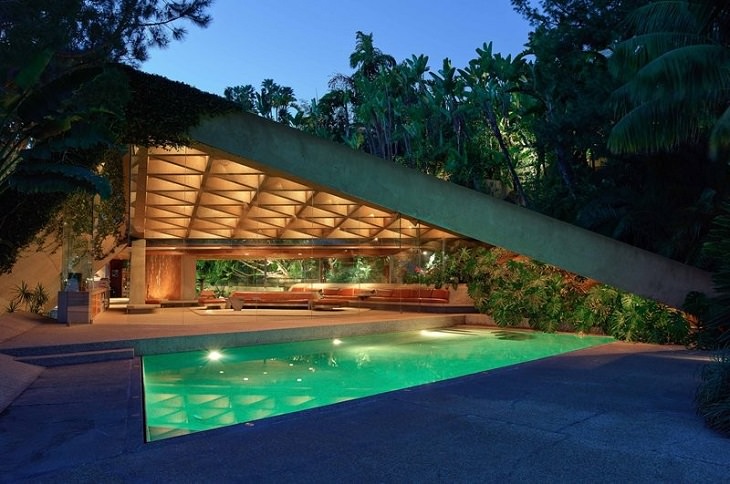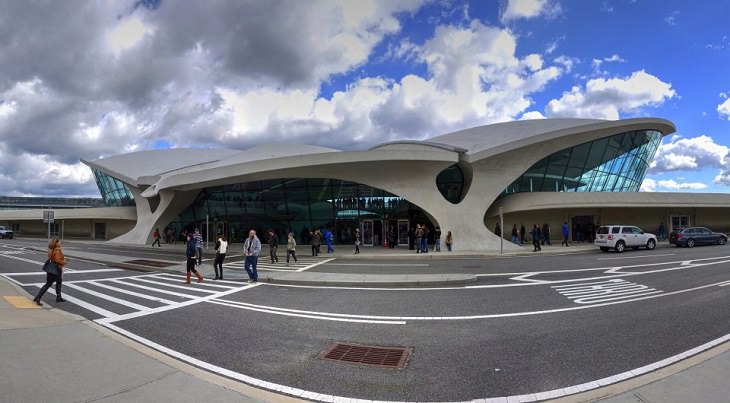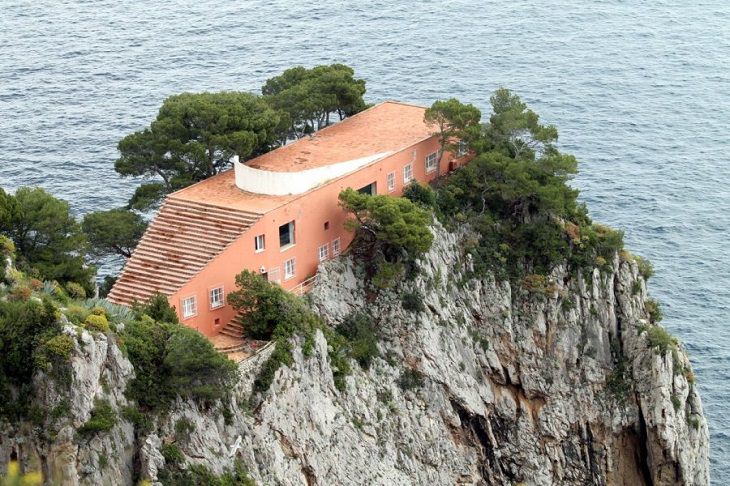1. The Parthenon, Athens, Greece
The Parthenon is a temple that can be found on the Athenian Acropolis in Greece. This amazing piece of architecture was dedicated to the goddess Athena, who was the patron of this great city. Although it was partially destroyed in 1687, it’s still a fine example of Greek architecture. In fact, some of its decorative sculptures are considered to be masterpieces of Greek art. To this day, the Parthenon is an enduring symbol of Athenian democracy, Ancient Greece, Western civilization, and one of the world’s greatest cultural monuments.
2. The Forbidden City Temple, Beijing, China
The Forbidden City, located in the center of Beijing, China, was the Chinese imperial palace from the Ming dynasty, right up to the end of the Qing dynasty (1420-1912). This remarkable building served as the political and ceremonial center of the Chinese government, as well as the home of many emperors and their households. This complex consists of 980 different buildings, which were constructed over a period of 14 years. In 1987, the Forbidden City was declared a World Heritage Site and is listed by UNESCO as having the world’s biggest collection of preserved ancient wooden structures.
3. The Innovation, Science, and Technology Building, Florida Polytechnic University, USA
This stunning building can be found at the north end of the campus’ lake, and serves as the centerpiece and anchor of the university itself. The building’s core program of laboratories and classrooms are organized around two curved corridors. The outer rooms consist of non-technical teaching labs which receive a lot of natural light and have an incredible view across the lake. The inner rooms are made up of the science and research labs, which are full of heavy mechanical systems which are a marvel in themselves. This building also has a common area which is used for lectures, ceremonies, performances, demonstrations, formal dinners, and school dances.
4. Casa Milà, Barcelona, Spain
Casa Milà is a modernist building found in Barcelona, Spain, which was the final private residence that was designed by the famous architect, Antoni Gaudi. It was built between 1906 and 1910, and, due to its unconventional appearance, is commonly called ‘La Pedrera,’ which means ‘open quarry.’ Casa Milà contains several structural innovations, such as a self-supporting stone front, an underground garage, columns and floors free of load-bearing walls, and various sculptural elements on the roof. In 1984, UNESCO declared this building a World Heritage Site.
5. Fallingwater, Pennsylvania, USA
Fallingwater, also known as the Kaufmann Residence, is a stunning piece of architecture that was designed by Frank Lloyd Wright in 1935. This magnificent home was built partly over a waterfall in the Laurel Highlands if the Allegheny Mountains. In 1966, it was declared a National Historic Landmark, and it has even been listed on the Smithsonian’s Life List of 28 places to visit before you die. Furthermore, in 2007, it ranked 29th on the list of America’s Favorite Architecture.
6. Notre Dame du Haut, Ronchamp, France
Notre Dame du Haut is a unique Roman Catholic chapel, located in Ronchamp, France. This structure is often listed as one of the most notable examples of 20th-century religious architecture and is regarded as one of Le Corbusier’s greatest achievements. To this day, the chapel is still in use as a religious building and attracts around 80,000 visitors each year.
7. The Bibliotheque Sainte-Genevieve, Paris, France
Between 1838 and 1850, this library was designed and constructed under the guidance of architect Henri Labrouste. The glass and reading room (which can be seen above) has been described as ‘magisterial’ and the building itself is considered to be one of the greatest cultural buildings of the 19th century. The library itself contains a staggering 2 million documents.
8. The Sheats Goldstein Residence, Los Angeles, USA
Designed and built between 1961 and 1963 by John Lautner, the Sheats Goldstein Residence is located just a short distance away from the Beverly Hills border. This building was constructed from the inside out and built into the sandstone face of the hillside. This exemplary house is a fine example of American Organic Architecture, which is an extension of the natural environment and reflects the mind of the man who built it.
9. The TWA Flight Center, John F. Kennedy Airport, New York
The Trans World Airlines Flight Center, which opened in 1962, is the original terminal designed for Trans World Airlines by Eero Saarinen. At the time of construction, this terminal was one of the first to have enclosed passenger jetways, a central public address system, closed-circuit television (CCTV), baggage carousels and scales, and electronic schedule boards. In 1994, both the exterior and interior were officially declared a New York City Landmark.
10. Casa Malaparte, Capri, Italy
Casa Malaparte, a house on Punta Massullo, on the eastern side of Capri, Italy, is one of the finest examples of Italian modern and contemporary architecture. The house was built in 1937 by the famous Italian architect Adalberto Libera. This remarkable building is a red masonry box that has reverse pyramidal stairs leading to the roof, which offers a stunning view of the surroundings. Despite being occasionally damaged by vandalism and natural elements, it has been expertly renovated and is now used for serious study and cultural events.

